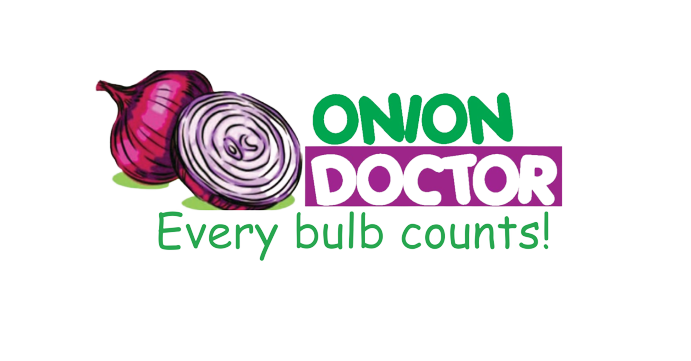Managing Garlic Beds for Pests and Diseases

Are you in need of in-depth knowledge on onion and garlic production? If yes, we are a call away. Our service chatter includes: Onion seedlings, Garlic seedlings, Farm planning services, Soil testing, Drip irrigation installation and maintenance, Agronomic support, Onion and Garlic value pack and Farm management. For free consultation, placing orders or booking a visit with an agronomist, please contact us via Call or what’s app +254703982228, Email: Info@oniondoctor.co.ke.
There are a number of practices that minimize the risk of pests or disease. The ones we consider the most important are:
1. Use only clean, sound cloves from disease-free stock.
2. Carefully clean and sanitize all equipment for soil preparation, weeding, harvesting, handling, and storing garlic.
3. Allow at least two years, and preferably longer, between successive crops in the allium family (garlic, onions, leeks, chives, elephant garlic).
4. During the growing season remove (rogue) plants that are not doing well and send suspicious plants to the dump. Sanitize your shovel after removing a suspicious plant.
5. Do not put your aluminum waste in the compost.
We the Onion Doctor, offers on-farm trainings and guidelines on how to manage and control pests and diseases in Garlic. We have a module on the controls during and after planting till harvesting your garlic, at a very competitive price. For more information, feel free to reach to us for our services.
Tips
1. Mulch will control weeds and help the ground maintain moisture.
2. A member of the onion family, garlic plants do not produce true seeds, which is why you propagate by planting cloves.
3. Garlic is appropriate for container gardening if you have a deep pot and saucer.
4. Hard-neck varieties of garlic grow a main stalk that produces a garlic flower or scape. If you want your garlic to produce a large bulb, clip off the scape once it makes one or two loops so the energy is focused on vegetable production.
Warnings: If the garlic bulb grows poorly, has mold or a burst skin, this is an indication of over-watering. You can thin out the plants and extend the length of time between watering. Plant your propagated garlic in a new area of your garden the following year to ensure healthy and vigorous production. This is called rotating the crop. Garlic is a hardy crop with few pests, except for animals. If animals are a problem, plant a fence around your garden.
Pests and Problems:
1. White rot, or Sclerotium cepivorum, is the most serious disease of garlic. White rot is a fungus that can strike all Allium crops, including onions. White rot-infected garlic plants can be identified because their leaves will turn yellow and the plants will die back partially and wilt. The roots rot as well, so infected plants may uproot easily. White rot typically develops from the middle of the season to harvest.
2. Nematodes, Ditylenchus dipsaci, are another problematic garlic pest. These microscopic animals are similar to worms and live inside the garlic plant itself, eating it as it reproduces. Nematodes do not need water to survive and they can live in the surrounding soil for several years. Nematode infestation can build up for several seasons without much damage, then strike and take out an entire crop.
3. Onion thrips are the most common insect that plagues garlic. Thrips damage the leaves when the rasp them to drink the sap of the plant, which slows the growth of the bulb. If severe, thrips may cause the garlic to wilt and die.
